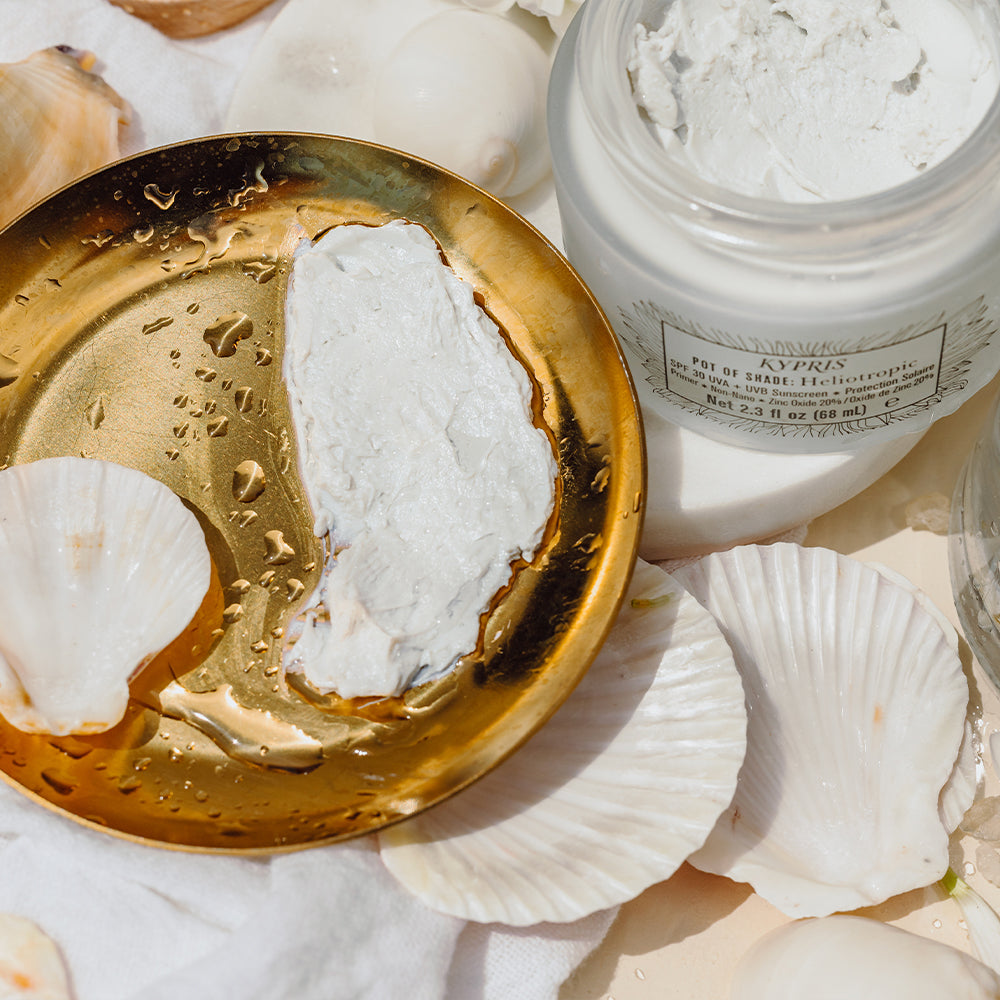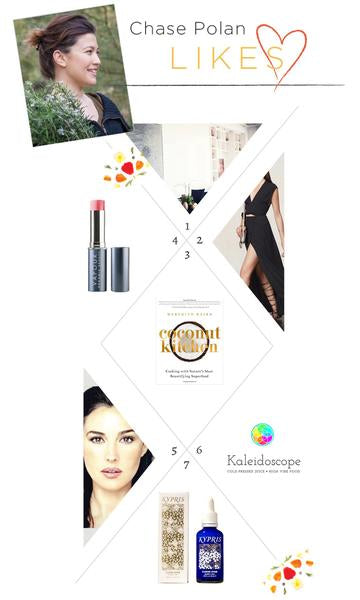A closer look at the functional beauty of functional ingredients
In the ever-expanding world of skincare, the word “active” gets used a lot—sometimes with scientific precision, and other times with poetic license. At KYPRIS, we believe in both clarity and care. So let’s demystify what we mean when we refer to an ingredient as an active or functional material—and how these ingredients work within your ritual to support your skin’s appearance.
First, the Technical Definition
In the United States, the term “active ingredient” has a specific legal meaning. It refers to substances regulated by the FDA for over-the-counter (OTC) drug use—meaning they have a pharmacological effect and must comply with FDA monographs or approved drug applications.
Examples include:
-
Zinc oxide for broad-spectrum sun care
-
Salicylic acid & Benzoyl peroxide for acne treatments
-
Colloidal oatmeal for its documented soothing effects
At present, among KYPRIS offerings, the only true “active” in the regulatory sense is the non-nano zinc oxide found in Pot of Shade: Heliotropic.
Then, the Vernacular
In everyday conversation, “active” has a broader meaning. Estheticians, clients, and even many brands use the word to describe ingredients known for their visible or textural effects on the skin’s appearance.
This might include:
-
Vitamin C (in many forms)
-
Vitamin E
-
Zinc PCA (distinct from zinc oxide)
-
Peptides
-
Hyaluronic Acid
- Botanical extracts standardized for specific constituents
- Enzymes
These are the ingredients that do something for your skin’s appearance: helping to brighten, hydrate, soothe, or exfoliate—often contributing to a refreshed, more balanced-looking complexion.
What KYPRIS Means by “Functional” or “Active”
At KYPRIS, we use the terms active and functional with both reverence and precision.
When we describe an ingredient this way, we mean that it has a validated mechanism of action in scientific literature—an established method of supporting the skin’s beauty and function in a way that enhances appearance.
It works—beautifully.
For example:
-
Our bio-identical CoQ10 is included for its ability to diminish the visible effects of overexposure to sun and support the appearance of radiant skin.
-
THD Ascorbate, a lipid-soluble form of vitamin C, is known to brighten the appearance of skin and, at certain concentrations, to enhance the look of suppleness and firmness.
-
Zinc PCA helps clarify the appearance of skin without stripping, thanks to its balancing and soothing properties.
These ingredients aren’t chosen because they’re trendy. They’re chosen because their function is grounded in study—and their beauty is amplified by our careful formulation.
So… Do Actives Work?
Yes—and how they work matters.
An active or functional material’s ability to enhance the skin’s appearance depends on:
-
Form (e.g., oil-soluble vs. water-soluble)
- Stability (whether the ingredient remains potent over time)
-
Delivery system (how effectively the ingredient is delivered to the skin’s surface)
-
Formulation context (how it interacts with other ingredients and textures)
At KYPRIS, we do the deep work of weaving these ingredients into formulas that deliver their benefits with elegance, without irritation, without compromise—and with gorgeous results.
In Closing
Skincare should be more than surface-level.
It should be intelligent, intentional, alive with beauty benefits, and an absolute pleasure to use.
When we say a formula is made with functional botanicals or active naturals, we mean it is rooted in something real: scientific integrity, ecological ethics, and the joy of caring for your skin.
Because beauty is more than a result—it’s a feeling.


